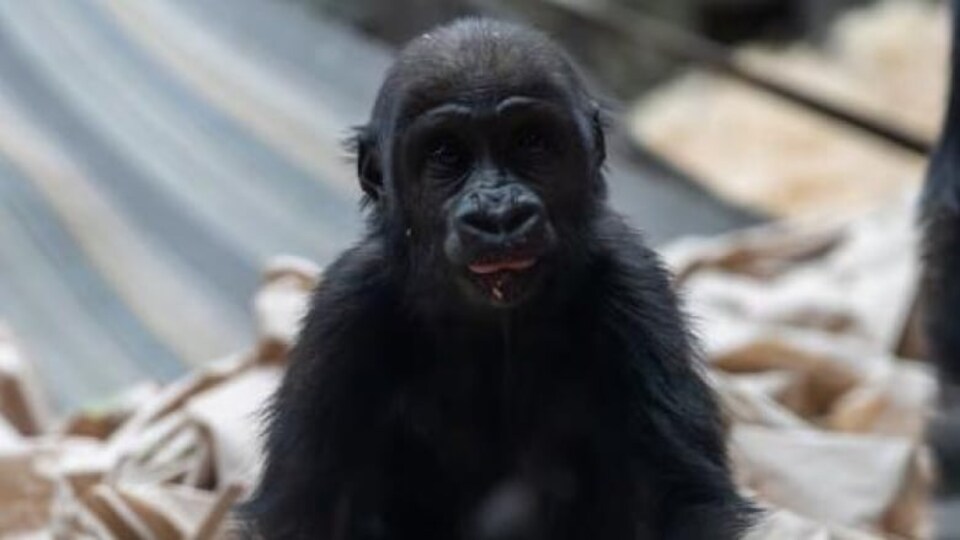
Safety and ethics: Gorilla’s death as a wake-up call for the Calgary Zoo
By Dana ELRufaei, January 15 2025—
The tragic death of Eyare, a two-year-old western lowland gorilla at the Wilder Institute/Calgary Zoo, continues to raise questions about the ethical implications of keeping animals in captivity, two months after an official investigation confirmed the incident was caused by human error. The November accident, where a care team member activated the wrong hydraulic door, striking the young gorilla, has become a catalyst for examining zoo safety protocols and broader ethical concerns about animal captivity.
According to the zoo’s investigation completed in late November, Eyare was moving between bedrooms in the back of house area when a staff member mistakenly activated the wrong door during preparation for an animal training session. Despite immediate lifesaving measures, including CPR by the veterinary team, Eyare succumbed to her traumatic head injuries within hours.
One of the primary ethical issues highlighted by Eyare’s death is the potential harm animals face due to human error. While the zoo’s staff is trained and the equipment is considered standard in accredited facilities, the fact that a simple mistake led to fatal consequences poses serious concerns about the safety of animals in zoos.
The accident is particularly concerning given that it is not the first time an animal has died due to hydraulic doors at the Calgary Zoo. In 2009, a hydraulic door crushed a capybara, prompting the zoo to review its safety measures. Yet, in the 15 years since, the zoo continued to use hydraulic doors despite ongoing concerns about their safety, highlighting the dilemma of prioritizing convenience or cost-efficiency over animal welfare.
In response to the tragedy, the Calgary Zoo has implemented several changes. These include enhanced staff training requirements, new animal behaviour protocols to keep gorillas at safe distances from doors, reassessment of control lever locations and exploration of alternative door systems. The staff member involved was temporarily reassigned to another area of the zoo pending additional training.
Furthermore, a 2010 review by the Association of Zoos and Aquariums (AZA) of the Calgary Zoo pointed out systemic problems that led to a series of animal deaths, including poor communication, exhibit design flaws and inadequate staff training. Despite improvements, several tragic incidents have continued, such as the drowning of penguins in 2016 and the recent death of the polar bear Baffin. According to the zoo’s own statistics, they have had two human-caused animal mortalities over the past decade: a North American river otter in 2016 and now Eyare in 2024.
Eyare’s tragic death remains a stark reminder of the risks inherent in zoos and the ethical questions that accompany keeping animals in captivity. While the Calgary Zoo has taken steps to prevent future incidents, it is clear that more must be done to ensure the safety and well-being of the animals in their care. The tragedy also forces us to confront the broader ethical dilemma of captivity itself: are we justified in keeping intelligent, emotionally complex animals in enclosures for the sake of human interests? As the community continues to mourn Eyare’s death, the time has come for zoos to reassess their role and the impact of their operations.
This article is a part of our Opinions section and does not necessarily reflect the views of the Gauntlet editorial board.
